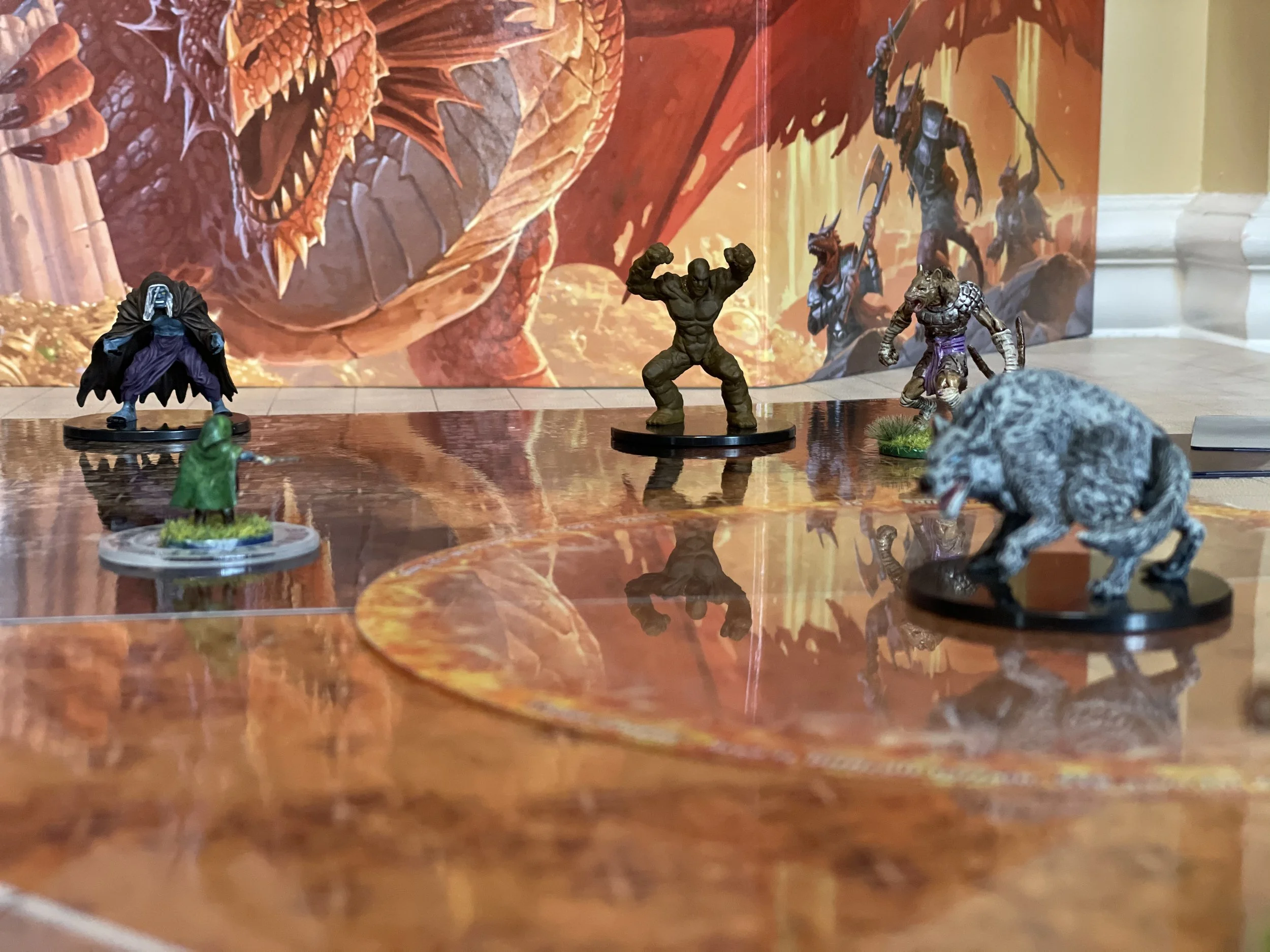TTRPG Series Introduction
I am an applied Game Master (GM), but what does that even mean? Well, I use tabletop role-playing games (TTRPGs) as a device to help teach therapeutic techniques and concepts to my clients. Over the coming weeks I will do a series of articles discussing what being an applied GM means and how applied GMs use games such as Dungeons and Dragons (D&D) as a tool for therapy.
During this series we will cover topics such as what are TTRPG’s, what are the core elements of play, how can one use game mechanics as a tool for therapy, and how one can become an applied GM themselves. Though these articles are designed to be informative they will be a broad overview. I have a book, Tabletop Role-Playing Therapy The Guide for the Clinician Game Master, that goes into all of these topics in more detail.
To start let us review some common terms that will be used throughout this series.
Game Master (GM): This is the player who is the narrator of the game. They typically control the adversaries that the players will face as well as the non-playable characters in the world.
Player Character (PC): The character that another player at the table is controlling. This character exists within the rules of the game. Their character will typically have a list of attributes and abilities that help the player determine how their character will do when faced with different challenges.
Gaming System: A set of rules for a specific game. For example D&D is a different gaming system than the Cyper System.
Session: One meeting of a gaming group, typically last one to four hours.
Campaign: The full narrative story for a group of players. Campaigns can last for one session, called a one shot, or for years.
dx: Dice are used in many TTRPGs to represent chance the letter d followed by a number typically indicates a dice that is to be rolled, where the number indicates the number of sides that the dice has, typical dice vales are d4, d6, d8, d10, d12, and d20. There is also a percentile dice that is a d10 with 10’s values on it that is rolled with a d10 to allow for 100 different possible results.
Though there are many more terms associated with playing TTRPGs the above are a good broad start. In our next article we will explore what defines a TTRPG and how it differs from other types of games.
If you are interested in this topic please consider preordering my book through [https://wwnorton.com/books/9781324030607] If you use the code TTRPT20 you will receive 20% off your order!


